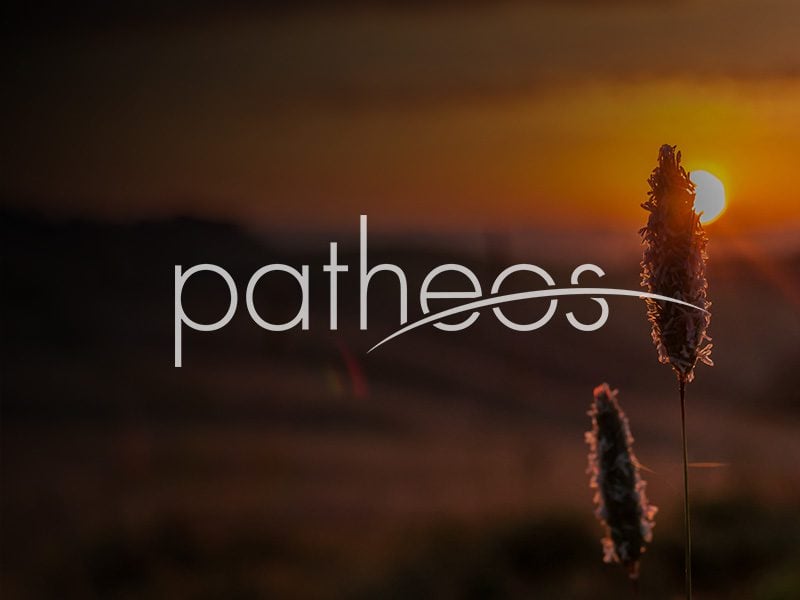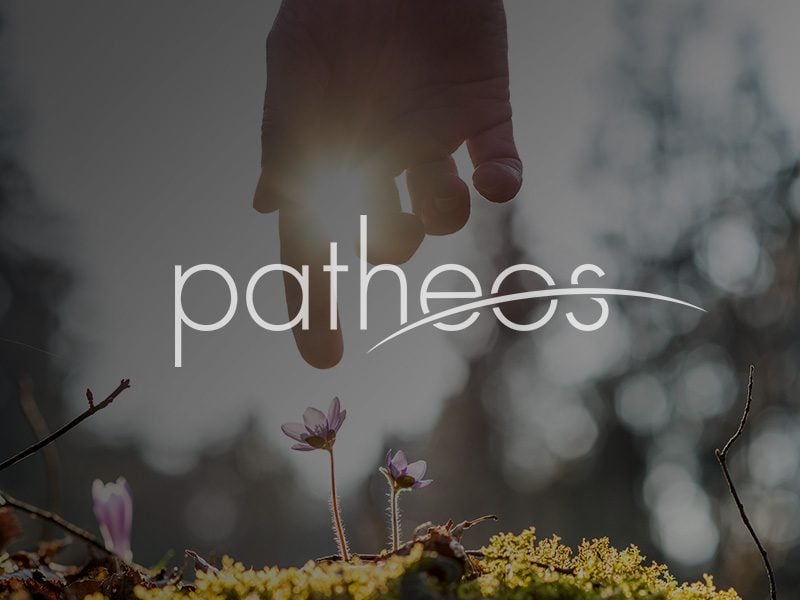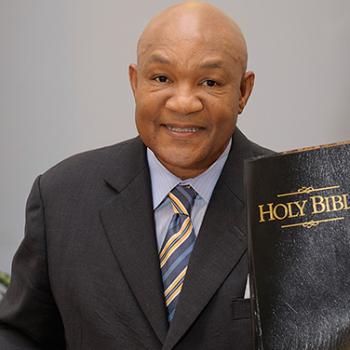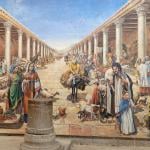Doug Ingram suggests in his 2004 Grove Book study of Ecclesiastes that the book has a peculiarly postmodern emphasis on the ambiguity of the world and human life. Pointing to the proliferation of studies of Ecclesiastes over the past decade and a half, he writes that while modern readers find Ecclesiastes’ apparent lack of structure and clarity frustrating, postmoderns revel in those same qualities. I don’t think Ecclesiastes is quite as ambiguous as Ingram suggests, and also think (as Ingram... Read more


















